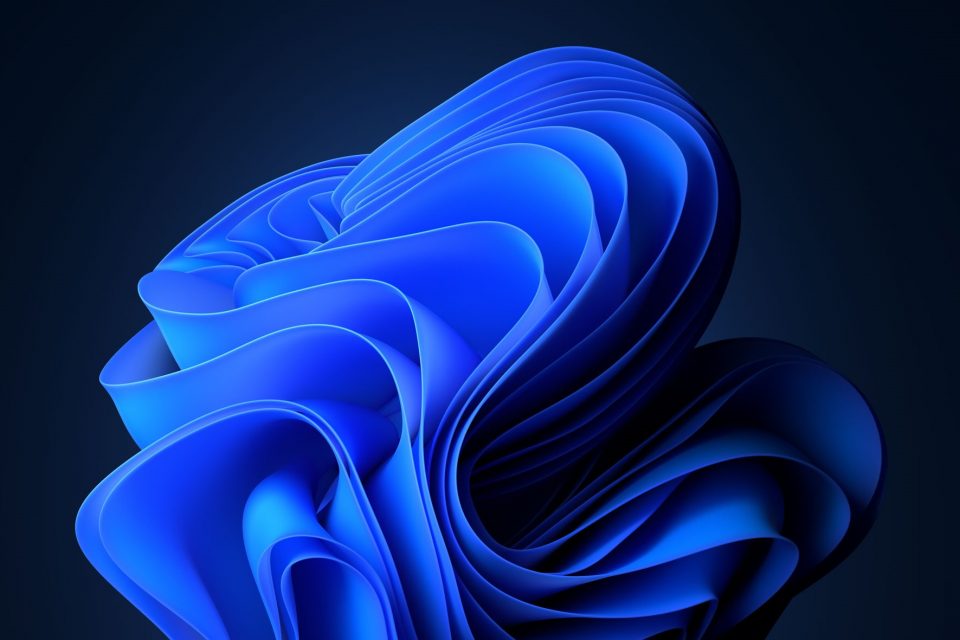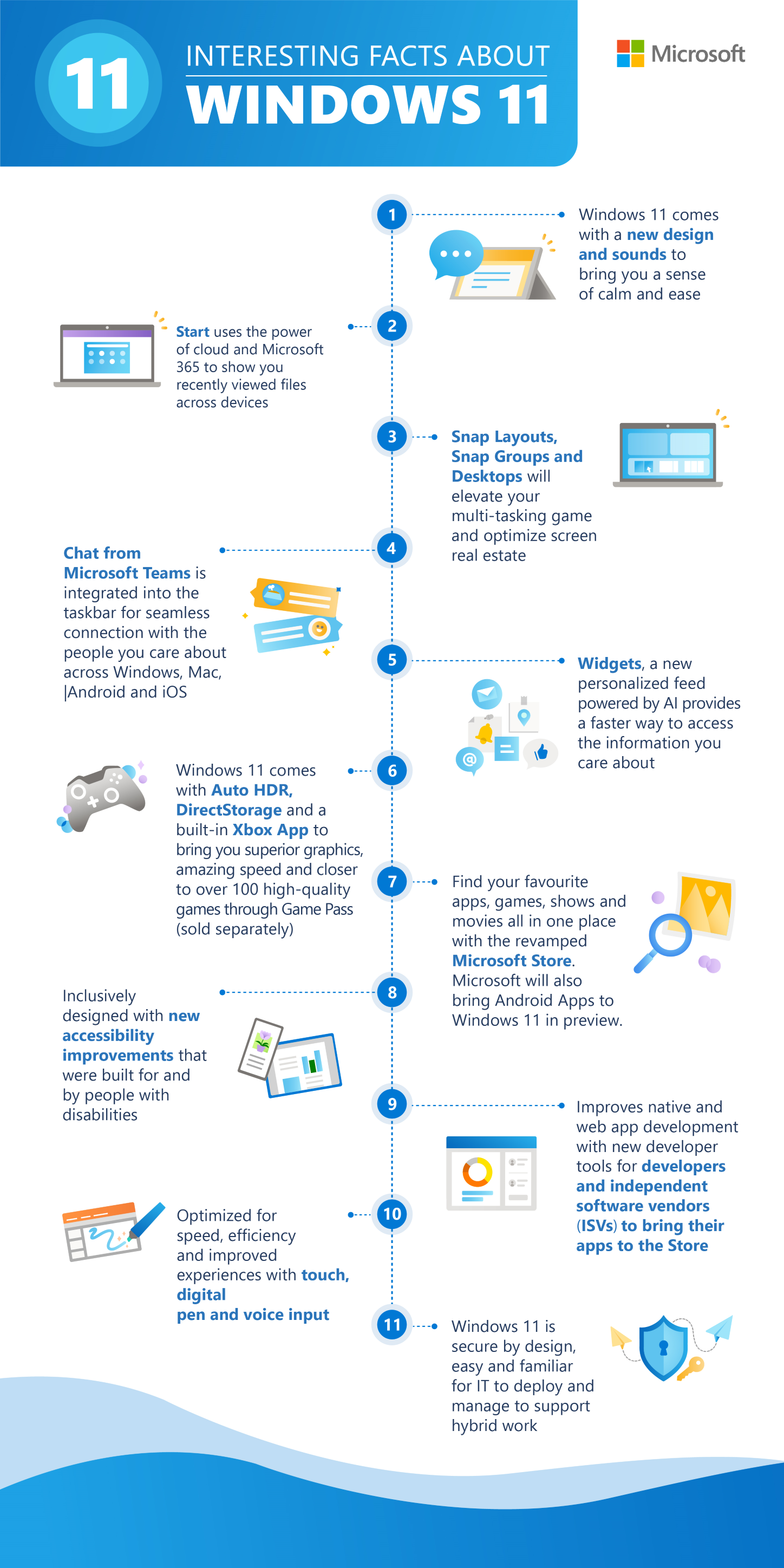By Ed Lane
The sound, vision and feel of Windows 11 bring together a bit of history, a focus on cutting edge technology and a more prosaic human touch, according to one of the lead designers of the newly launched operating system.
Christina Koehn, principal creative director for Windows, told reporters in Asia that the new look keeps some familiar features — such as its iconic wallpaper and a new version of the startup jingle. But it also incorporates new softer visuals and other innovations to make it “faster and more intuitive” for users.
Koehn says the Windows team at Microsoft deliberately stepped back into the past before they dived into working on the new design. With the history of Windows as their starting point, they realized they “needed to bring back some of the color” of earlier releases.
Customer feedback
Changes to the color aspects are also technical and draw on sharper technology to help adjust to lighting. Windows 11 also features soft curves for panes instead of hard right angles and can adjust to light and dark moods.

Those ideas came from significant customer input, maybe not from all 1 billion users of the Windows operating system, Koehn says, but with the diversity of each user in mind.
That input resulted in a design plan based on five guiding principles, or keys: Windows 11 had to be effortless, calm, personal, familiar and complete and coherent.
She says that each key has customer input behind it and recognizes that one size does not fit all.
The design team followed the inputs and asked the question that drilled down into usage. “How do you design for a teacher or a student?”
Those questions have wider relevance to people learning and working-form-home. It also prompted questions on how the many and varied tools on Windows could be integrated seamlessly.
“It’s about listening to folks and their needs and designing a product flexible for all of them.”
The Bloom
For this version of Windows, the design team created a new symbol for the new operating system – the “Bloom” that “reflects the possibilities of the new version,” Koehn says.
While some users may just see a pretty picture, the deeper meaning of the “Bloom” is crucial to the vision of the designers — who regard each new version of the operating system as an evolution in how people use the software.
“We could really emphasize putting users at the center of the experience,” Koehn said.
Meanwhile, other wallpapers have been updated along with the main font, Segoe UI, to add to its new feel.
In fact, the colors, wallpapers and centering of the menu are all purposeful in meeting the five keys. And that extends to the opening jingle, which has been brought back and updated to “be softer, to feel lighter, calmer and more effortless.”
A visual refresh also brings in the feeling of motion, Koehn says. The effect sought is one that is responsive, with a “mouse click, or a type on a touchpad” bringing the system alive.
Not your parents’ Windows
Overall, Koehan says, Windows 11 delivers a very new experience. For example, it integrates Microsoft Teams into workflows, has transparent panels so that keeping multiple browsers open is easier.
It also has widgets that allow users to change the size to customize with news feeds, preferences and other go-to material. The widgets are among several visual references in Windows 11 that “make it easier to declutter.”
“It’s about listening to folks and their needs and designing a product flexible for all of them.”
These changes were not only sought by customers, but they also represent a new way of working in a different era.
This is “a fundamental shift from something that was functional to one that is more personal.”
The changes are many. However, older users more used to the evolution of Windows shouldn’t worry. They can find the touchstones they’re looking for “because we didn’t want to overbuild.”
Koehn says the changes made in Windows 11 were not made incrementally but are the result of careful deliberation by the designers in response to constant user feedback since the launch of Windows 10.
“We were working on Windows 11 years before we decided to go ahead with Windows 11,” Koehn says.
TOP IMAGE: Windows 11’s Bloom.
Ed Lane is a journalist based in Singapore.








